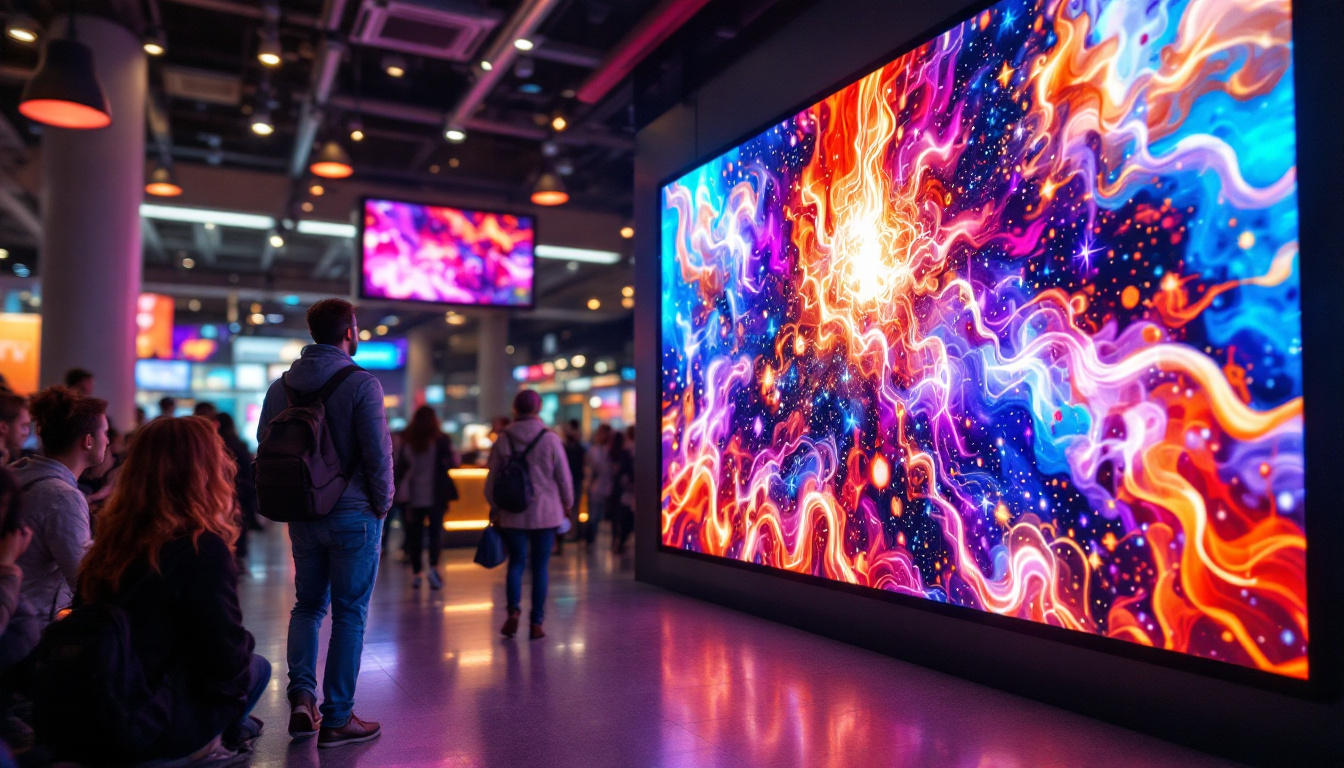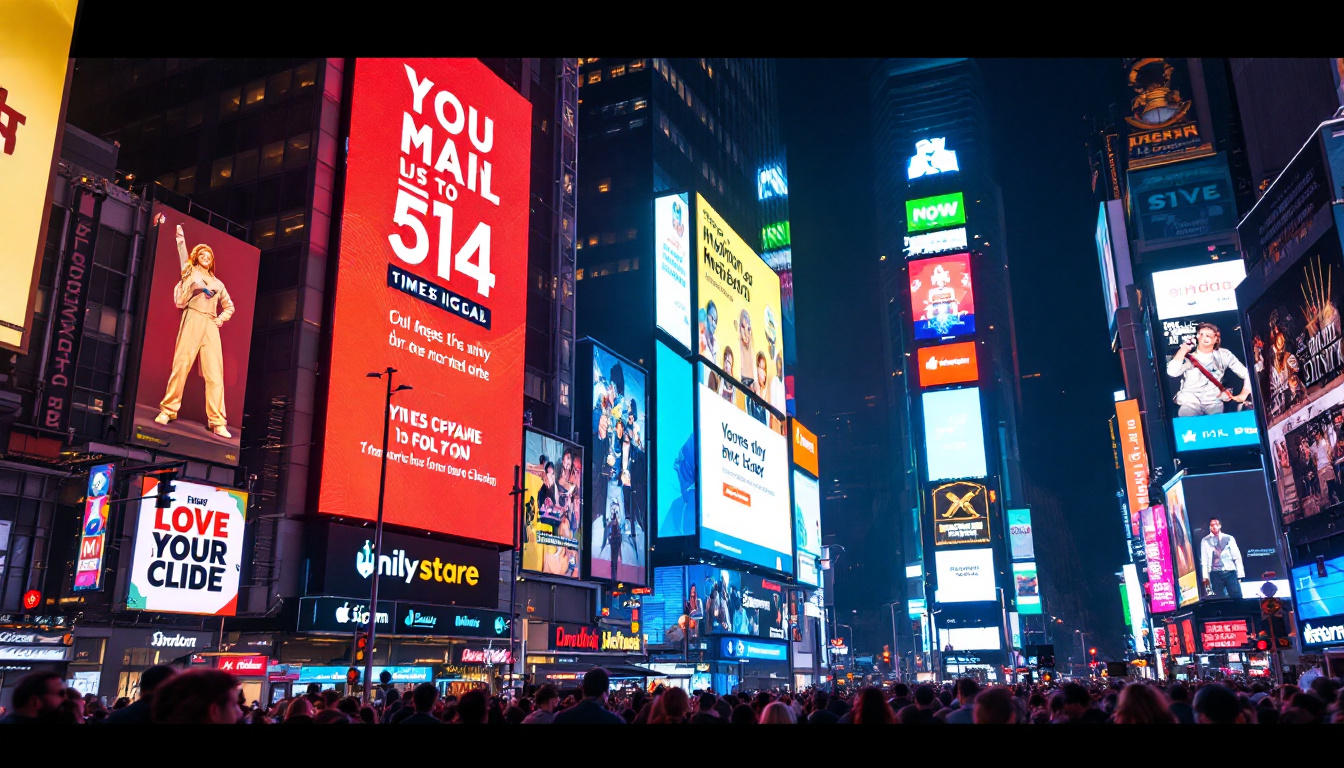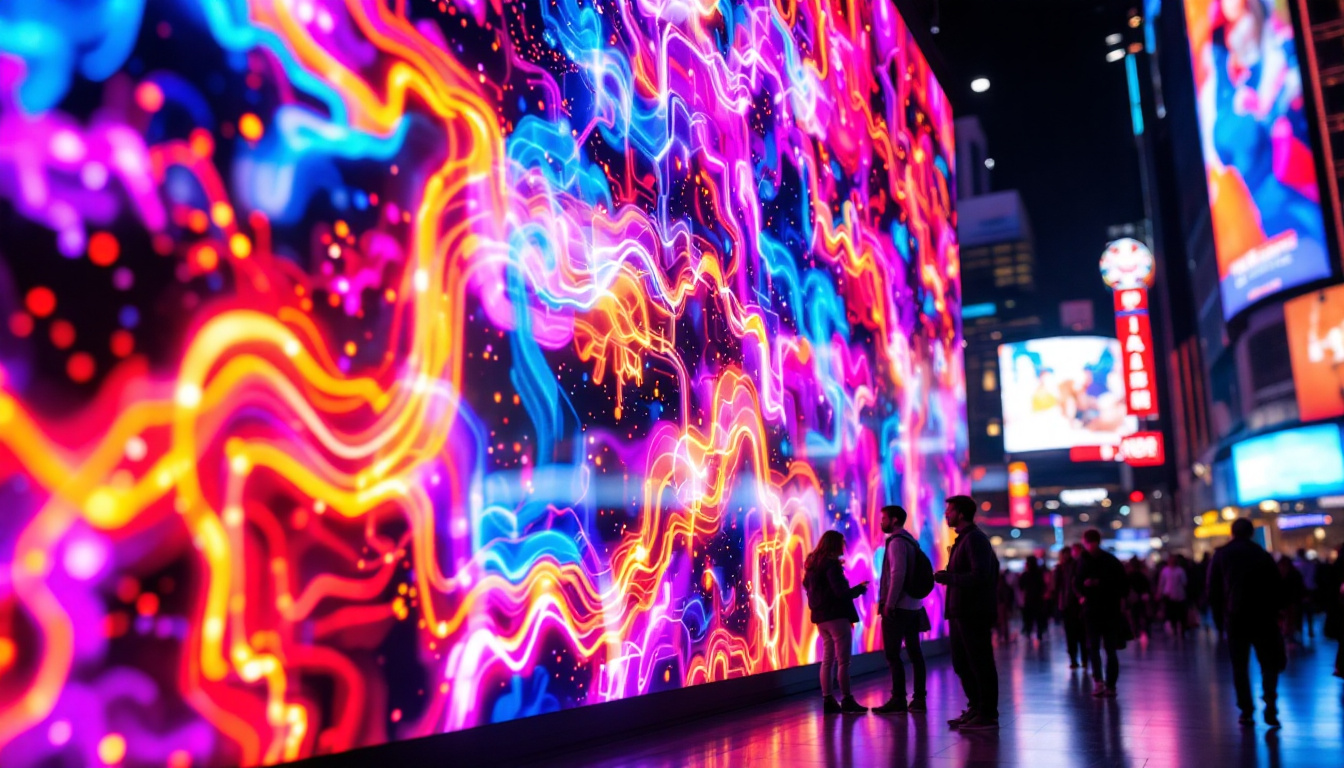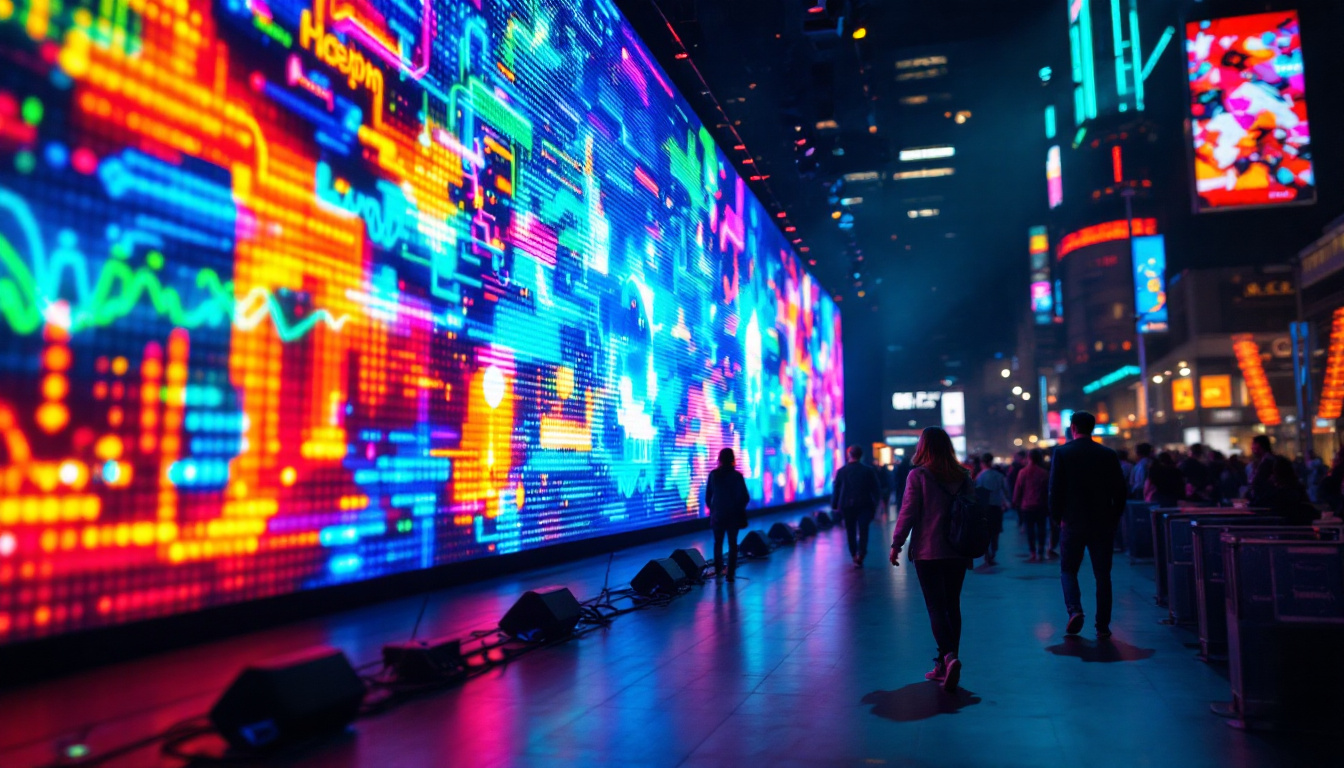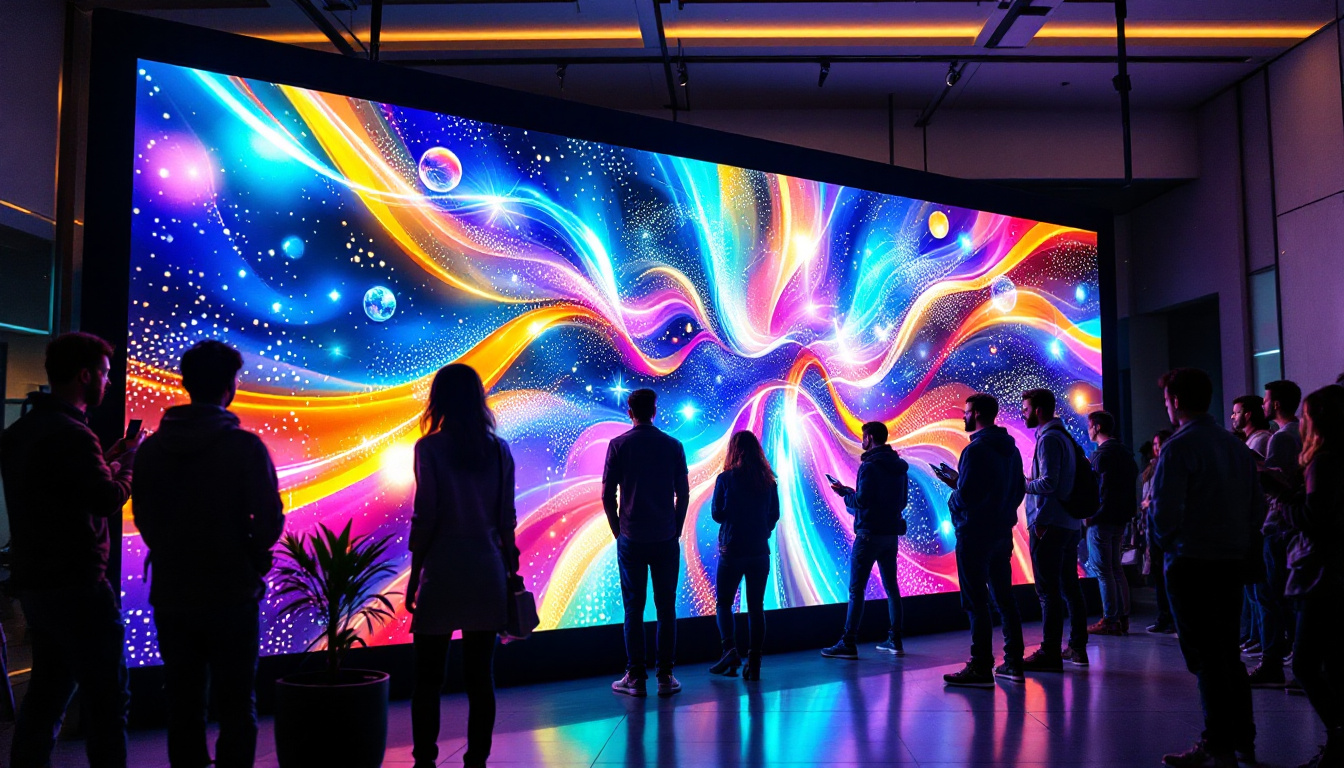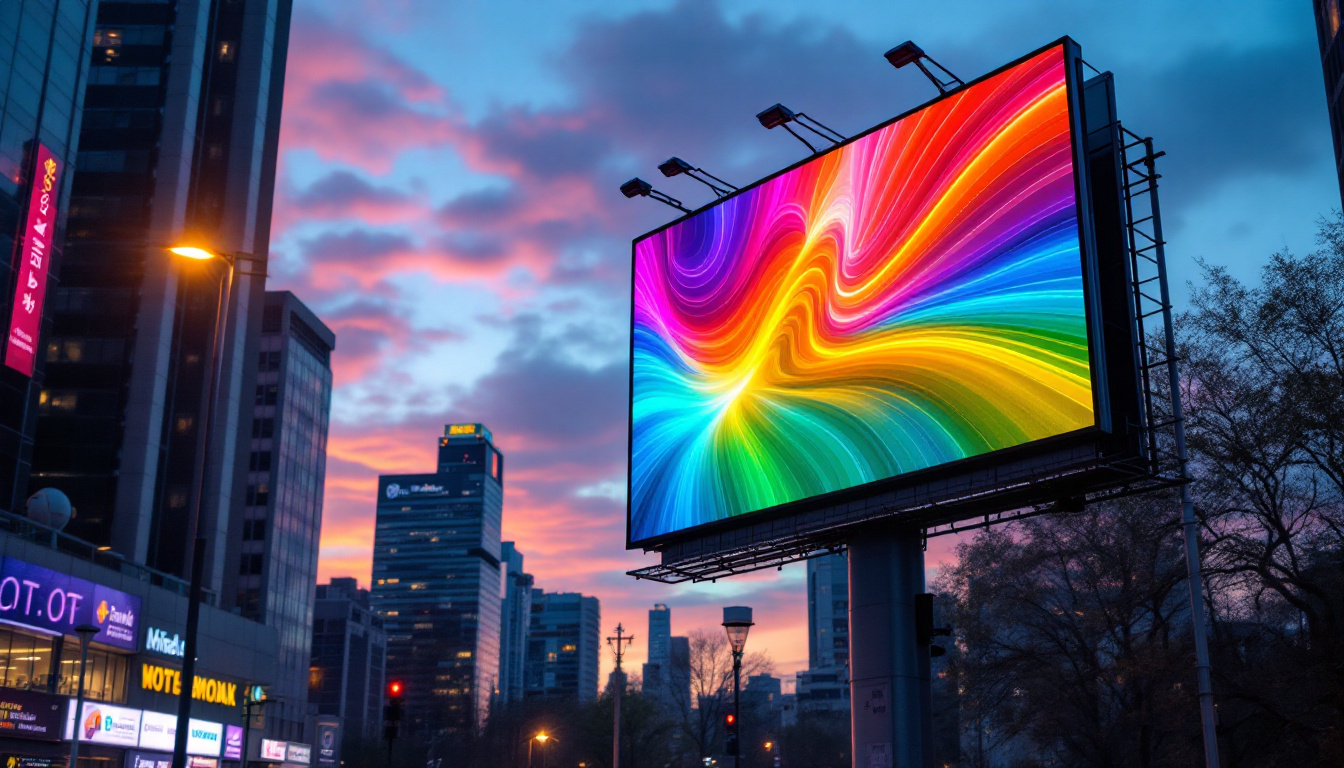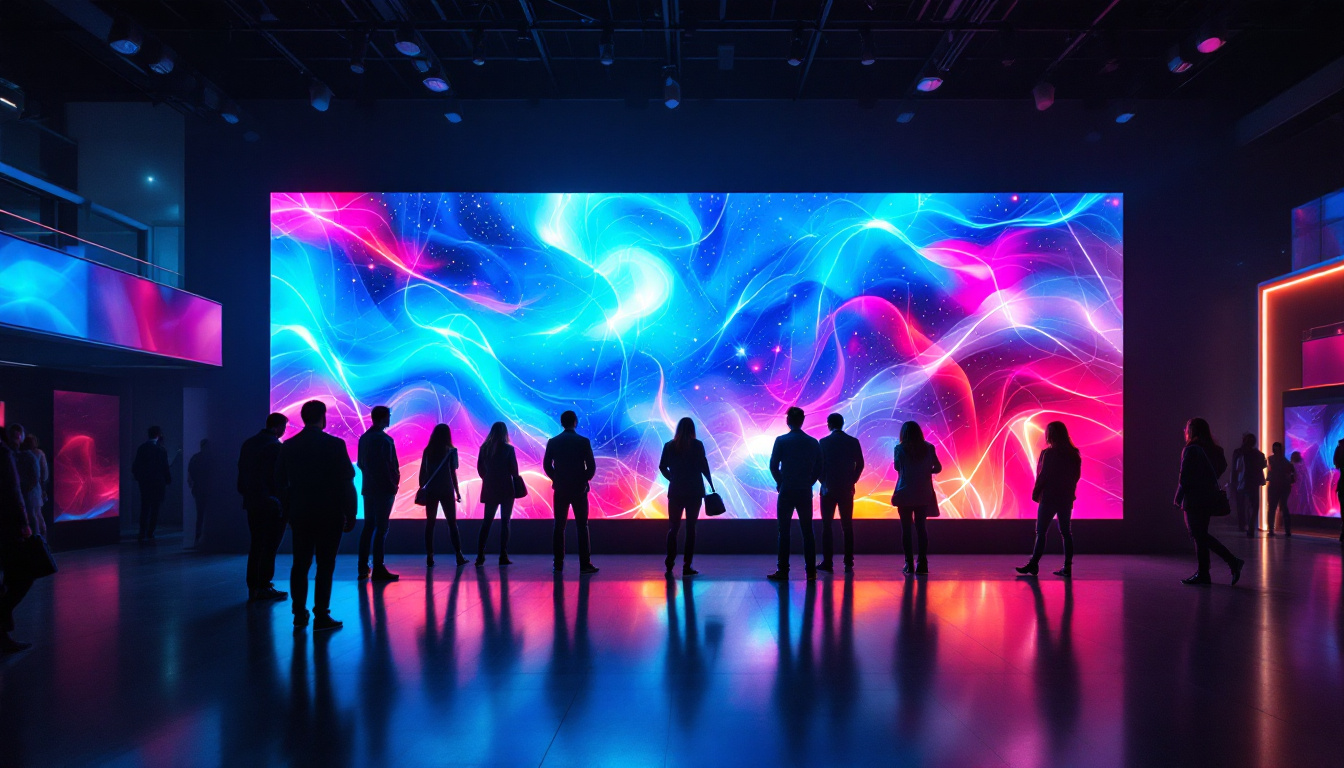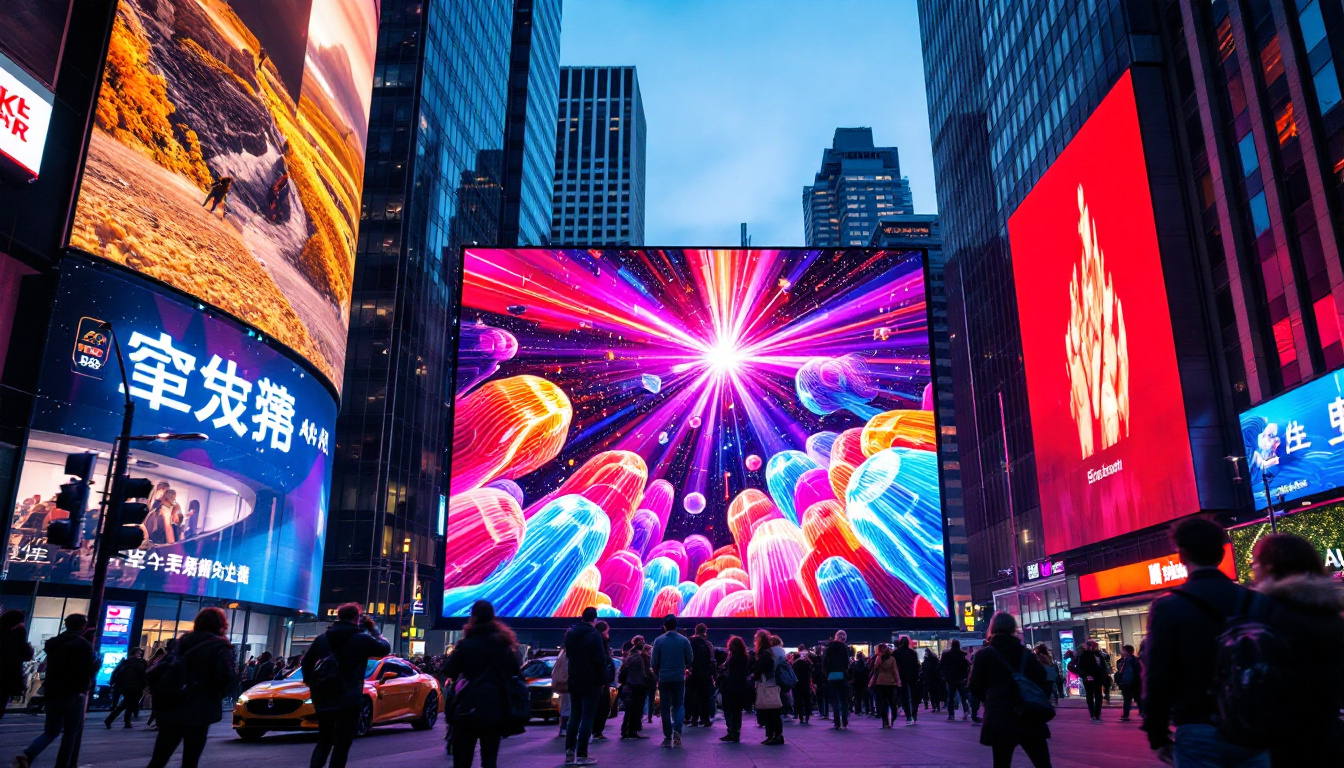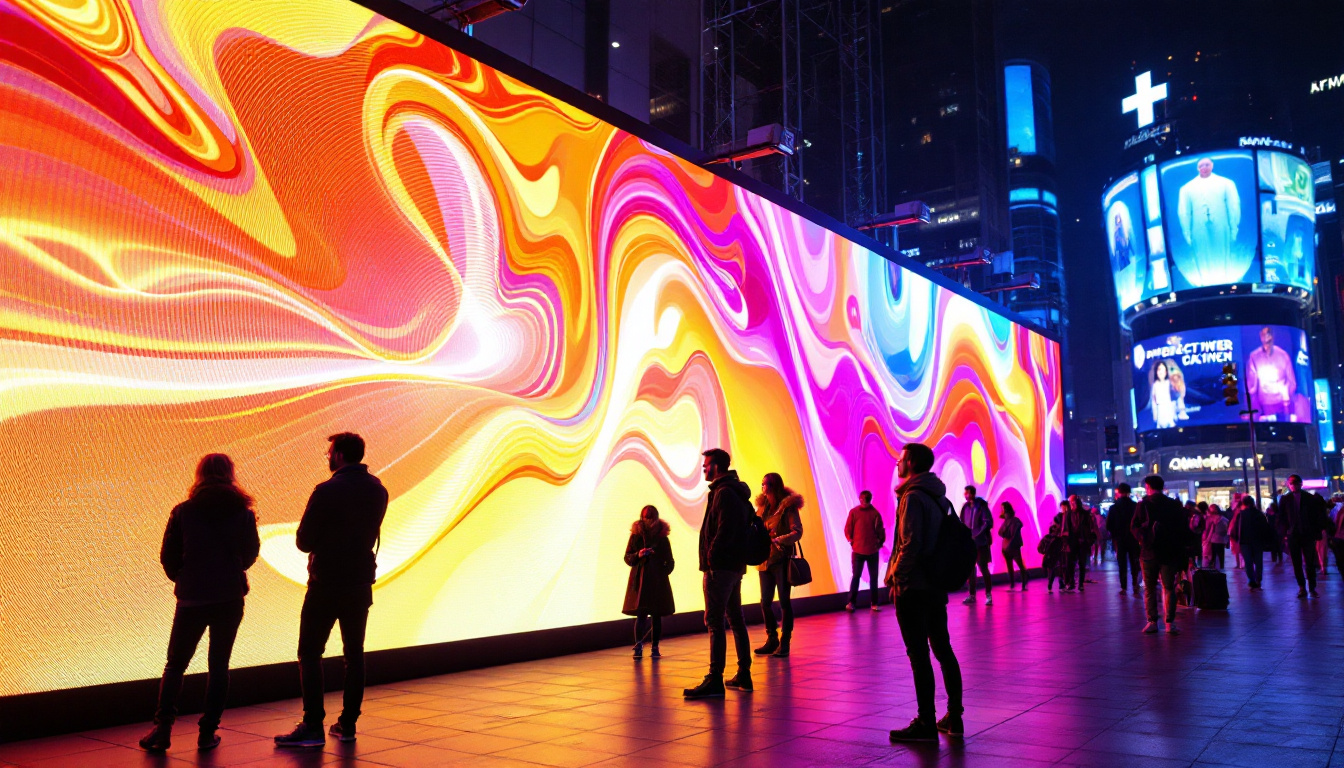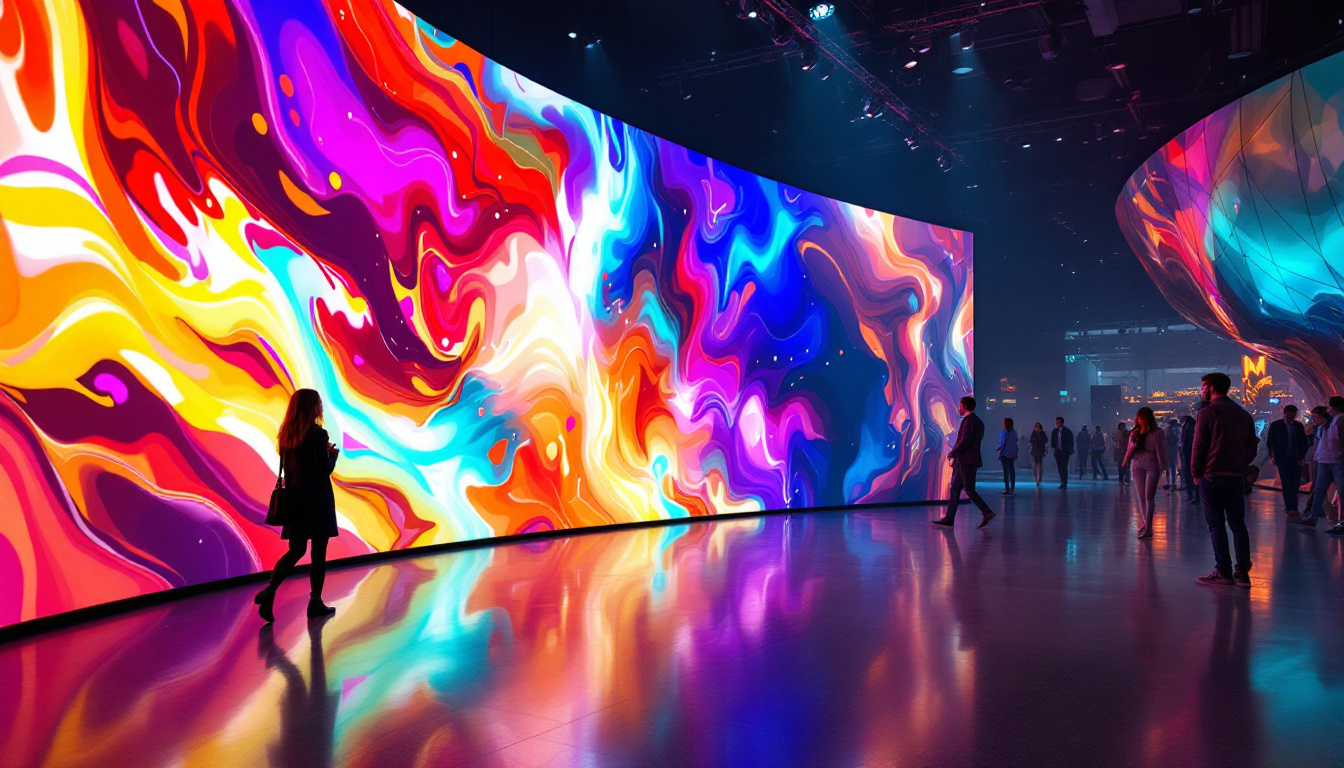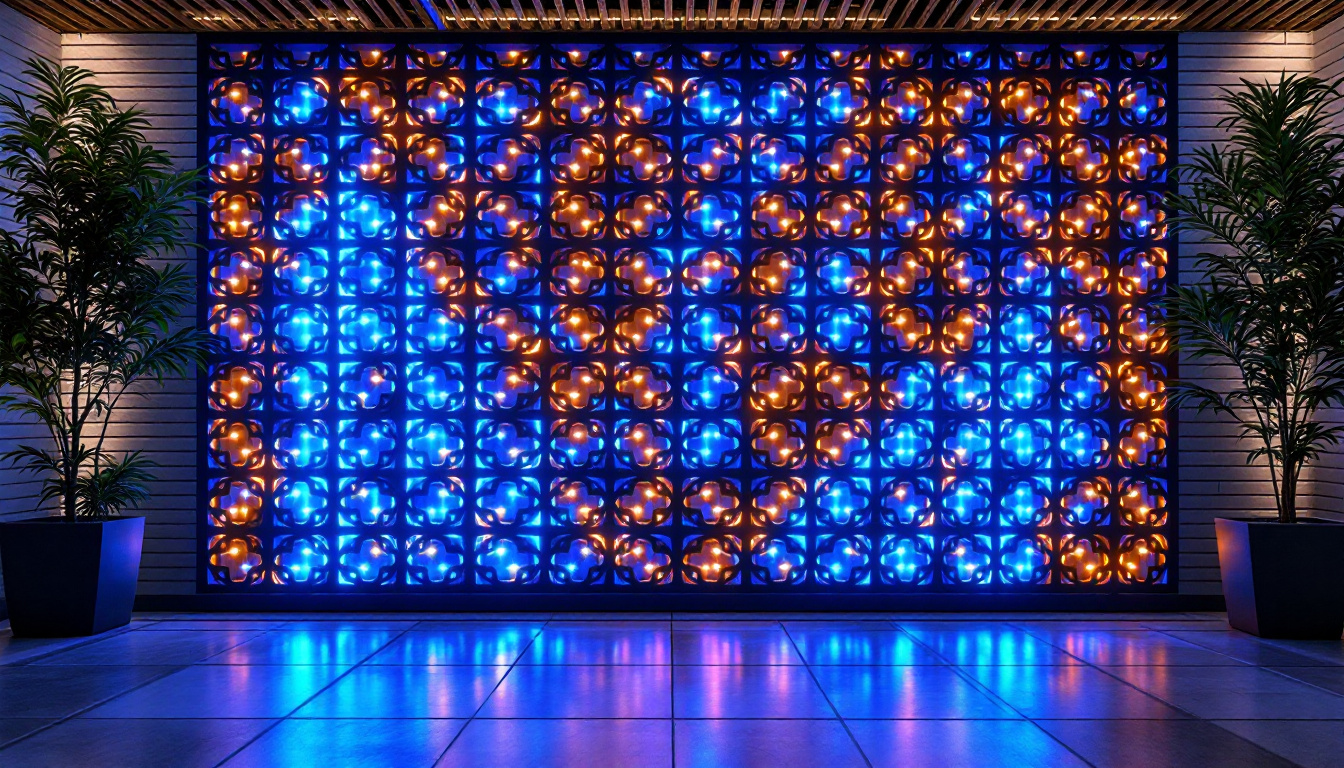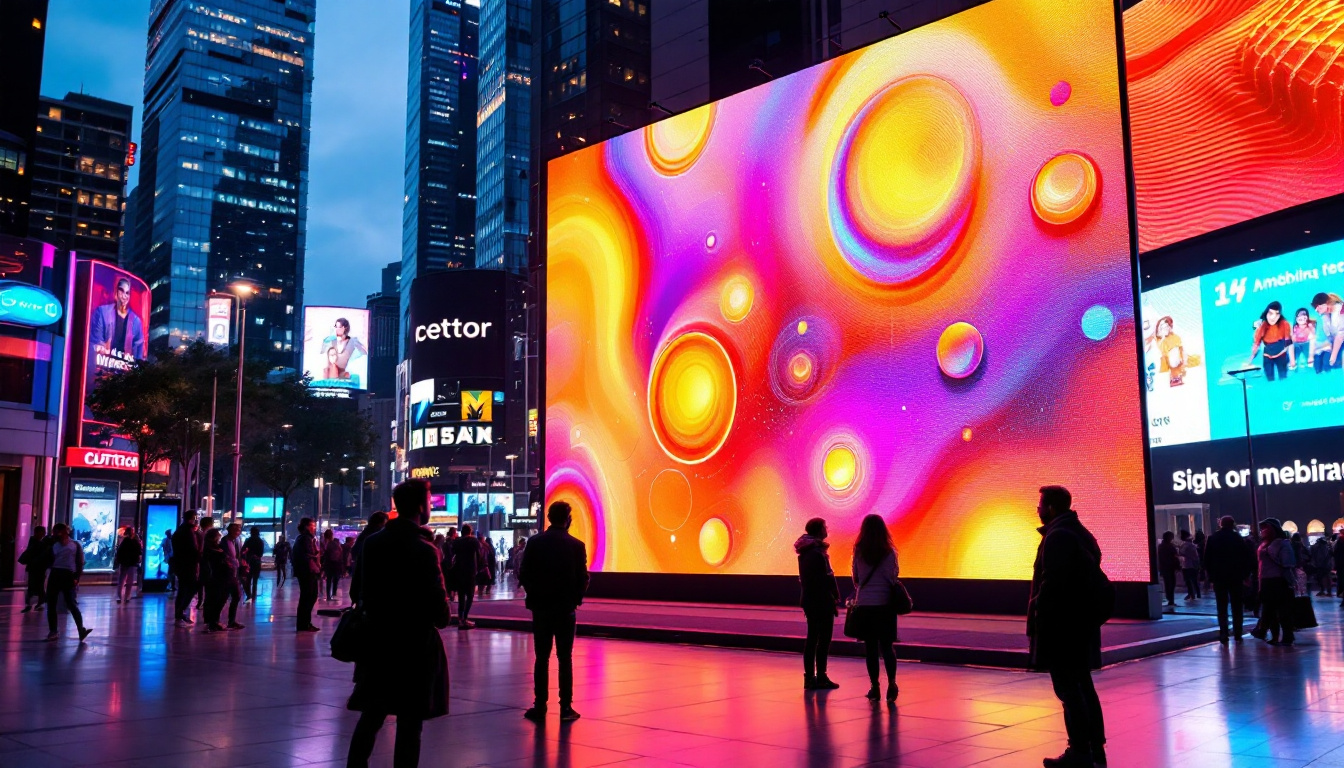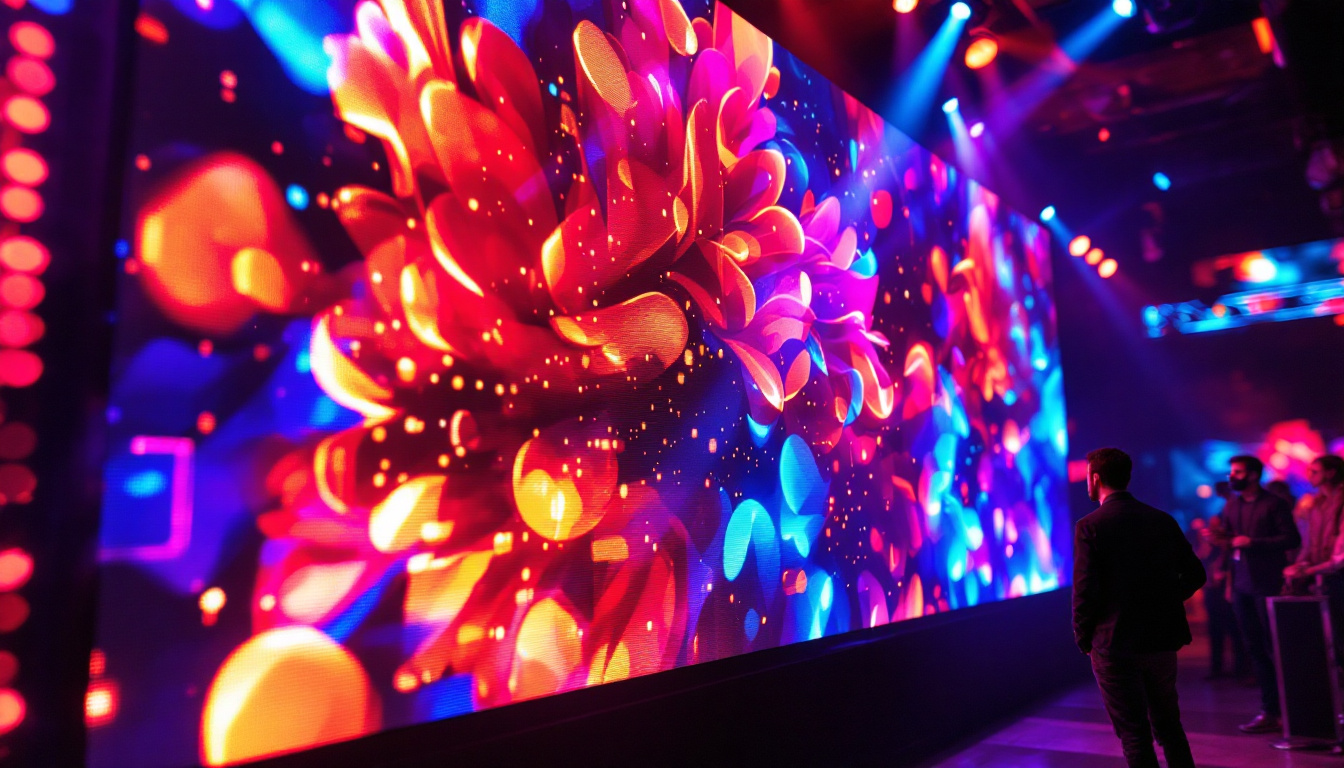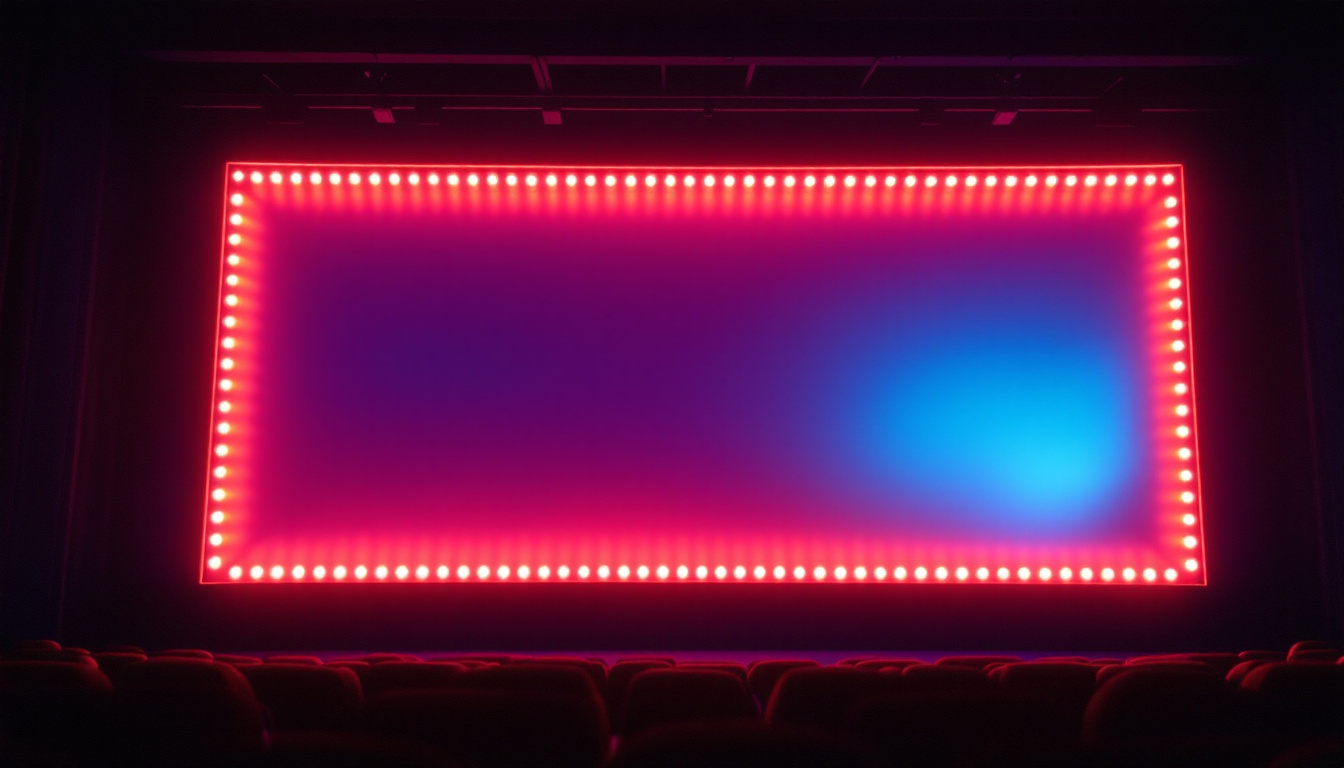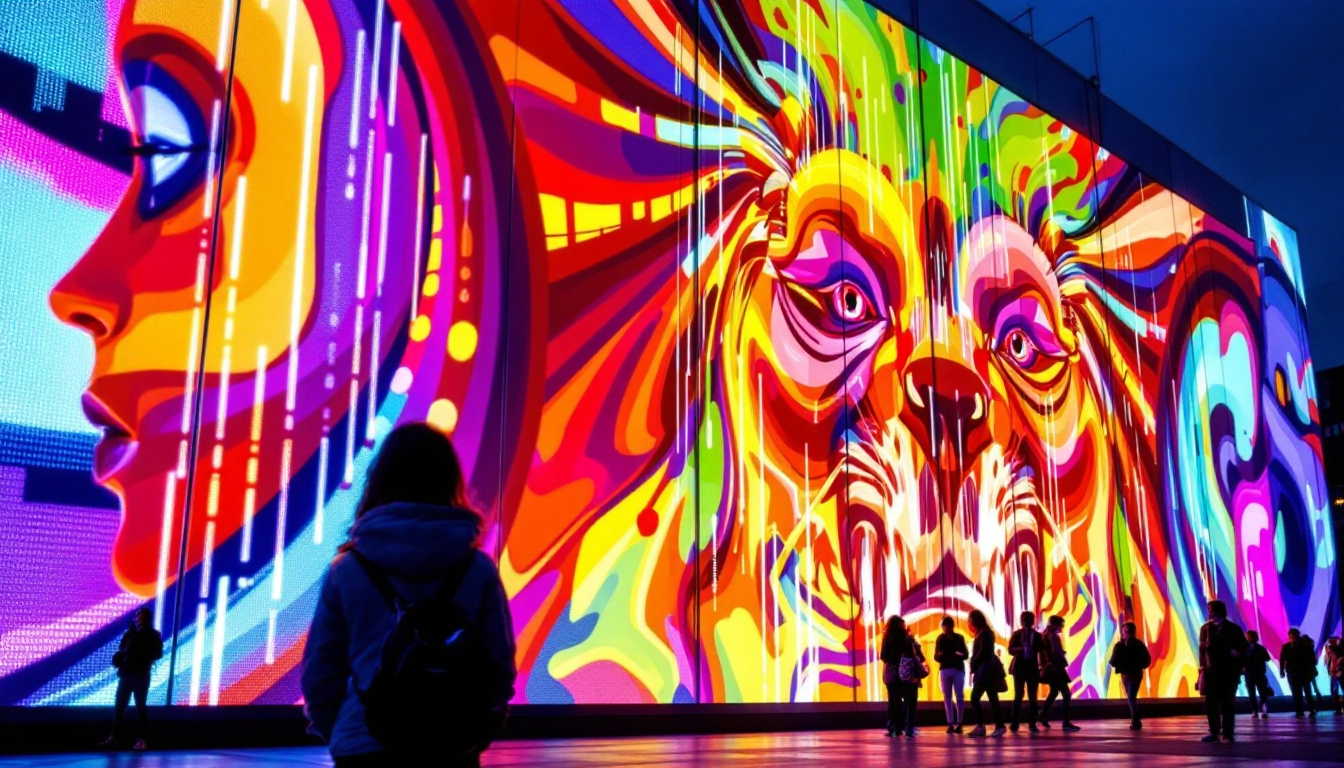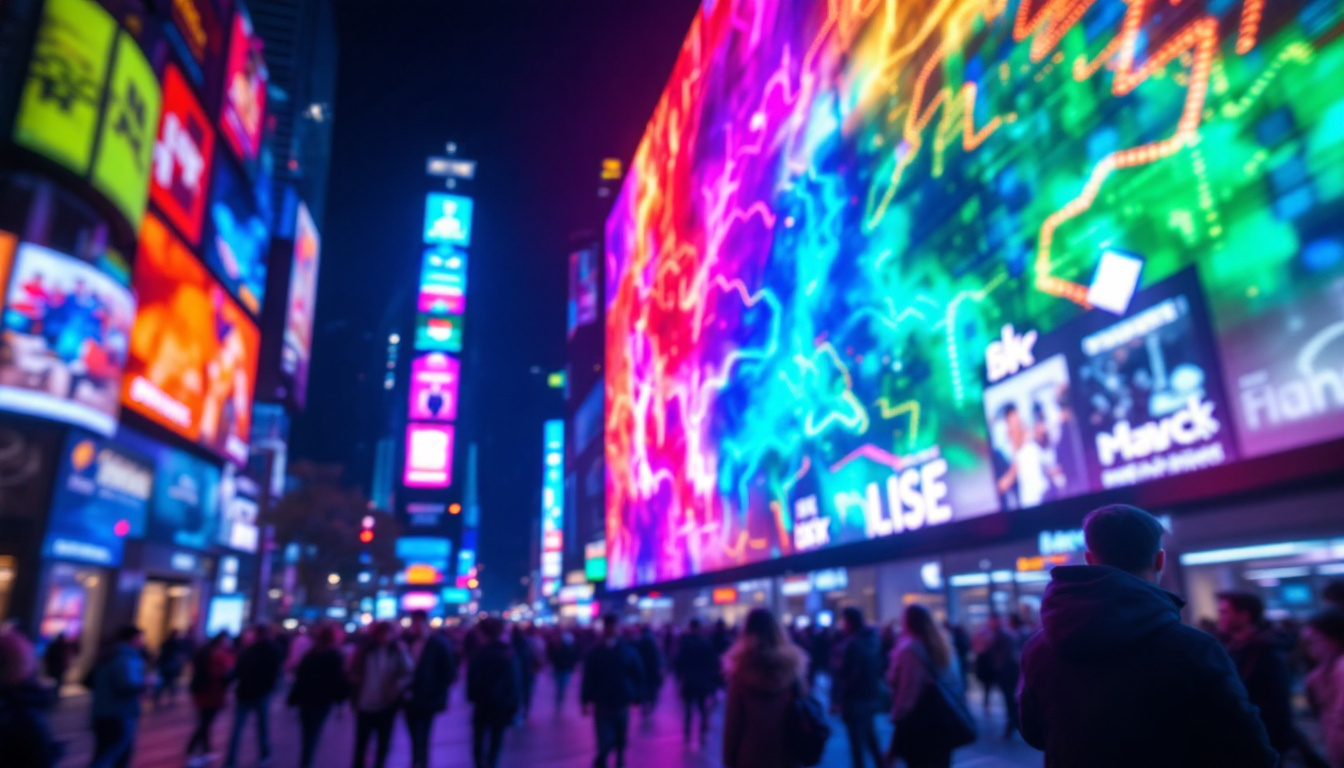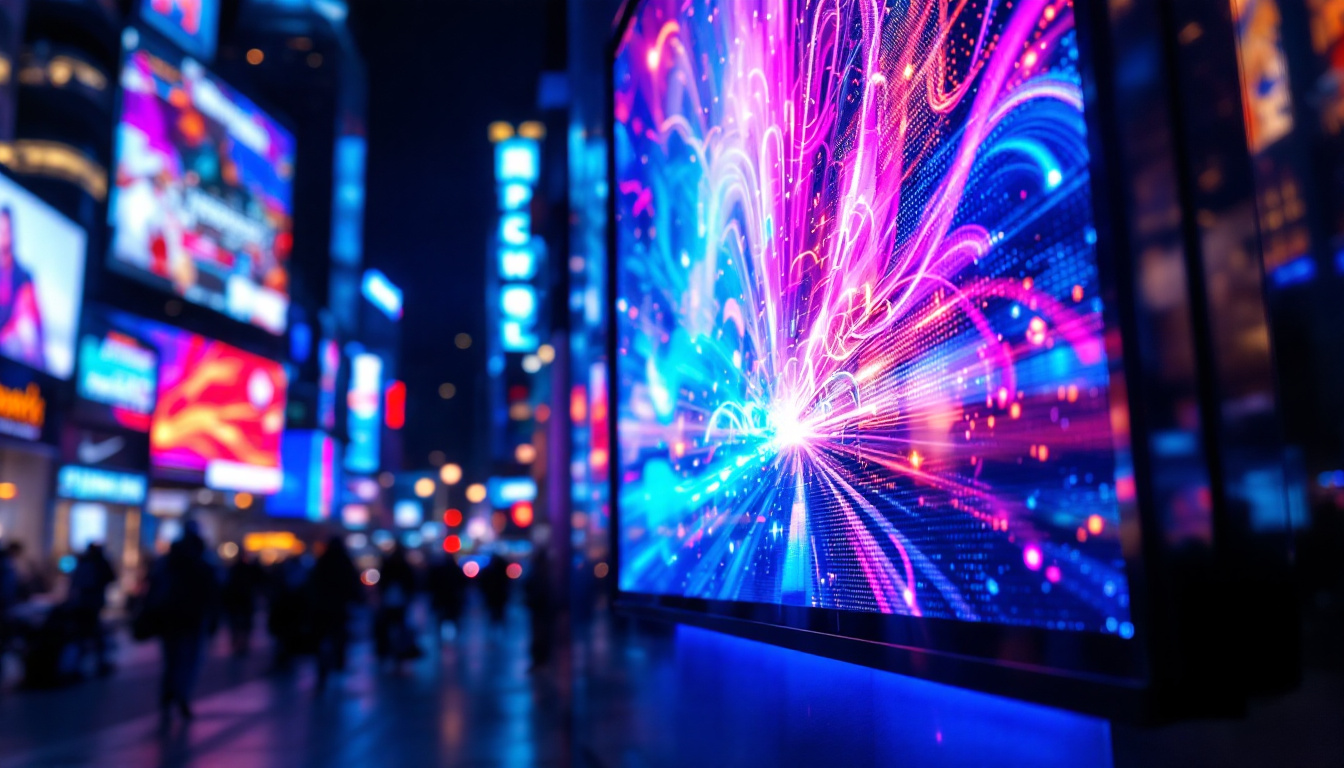In the fast-paced world of digital marketing and advertising, player digital signage has emerged as a powerful tool for businesses looking to enhance their visibility and engage with their audience. Among the various technologies available, LED displays have become increasingly popular due to their vibrant colors, energy efficiency, and versatility. This article delves into the intricacies of player digital signage, focusing particularly on LED displays, their benefits, applications, and future trends.
Understanding Player Digital Signage
Player digital signage refers to the use of digital displays to convey information, advertisements, or promotional content to a targeted audience. These displays can be found in various settings, including retail stores, corporate offices, airports, and public spaces. The content is typically managed through a centralized system, allowing for real-time updates and dynamic content delivery.
Components of Digital Signage
At its core, player digital signage consists of several key components:
- Display Screen: The most visible part of the setup, which can be an LED, LCD, or projection screen.
- Media Player: A device that stores and plays the content on the display. It can be a dedicated hardware player or software running on a computer.
- Content Management System (CMS): Software used to create, schedule, and manage the digital content displayed on the screens.
- Network Connectivity: Essential for updating content remotely and ensuring the system operates smoothly.
Each component plays a vital role in ensuring that the digital signage system functions effectively, providing businesses with the tools needed to engage their audience. For instance, the display screen is not just a passive element; it can be tailored to various environments, with brightness and resolution adjusted to suit different lighting conditions. This adaptability ensures that the content remains visible and impactful, regardless of where it is placed.
Benefits of Digital Signage
The adoption of player digital signage offers numerous advantages:
- enhanced engagement: Dynamic content captures attention more effectively than static displays, leading to higher engagement rates.
- Real-Time Updates: Businesses can quickly change content based on current promotions, events, or other relevant information.
- Cost-Effectiveness: While the initial investment may be higher than traditional signage, the long-term savings on printing and installation can be significant.
These benefits make player digital signage an attractive option for businesses aiming to improve their marketing strategies and customer interactions. Additionally, the ability to incorporate interactive elements, such as touch screens or QR codes, can further enhance user experience, allowing customers to engage with the content in a more meaningful way. This interactivity not only fosters a connection between the brand and the consumer but also provides valuable data on customer preferences and behaviors, which can be analyzed to refine marketing efforts.
LED Displays: A Closer Look
LED (Light Emitting Diode) displays are a popular choice for digital signage due to their superior brightness, color accuracy, and energy efficiency. Understanding how LED technology works and its advantages can help businesses make informed decisions when investing in digital signage solutions.
How LED Displays Work
LED displays utilize a matrix of tiny LED lights to create images and videos. Each pixel is made up of red, green, and blue (RGB) LEDs that combine to produce a wide spectrum of colors. This technology allows for high-resolution displays that can be viewed from various angles, making them ideal for both indoor and outdoor settings.
One of the key features of LED displays is their ability to adjust brightness automatically based on ambient light conditions. This ensures that the content remains visible and vibrant, regardless of the time of day or lighting conditions. Furthermore, advanced LED displays often incorporate smart technology that allows for remote management and content updates, enabling businesses to change advertisements or information in real-time, which is particularly beneficial in fast-paced environments.
Advantages of LED Displays
The advantages of LED displays extend beyond their visual appeal:
- Energy Efficiency: LED technology consumes significantly less power compared to traditional display technologies, resulting in lower operational costs.
- Longevity: LED displays have a longer lifespan, often exceeding 100,000 hours, which reduces the need for frequent replacements.
- Durability: Built to withstand harsh environmental conditions, LED displays are resistant to shock, vibration, and temperature fluctuations.
These advantages make LED displays an ideal choice for businesses looking for reliable and effective digital signage solutions. Additionally, the versatility of LED technology allows for creative applications, such as curved or flexible displays that can fit into unique architectural designs. This adaptability not only enhances the aesthetic appeal of a space but also allows for innovative marketing strategies that can capture the attention of potential customers more effectively. Moreover, with the rise of interactive LED displays, businesses can engage customers in ways that were previously unimaginable, offering personalized experiences that can significantly increase customer interaction and satisfaction.
Applications of LED Digital Signage
LED digital signage is versatile and can be employed across various industries. Its ability to convey engaging content makes it suitable for numerous applications.
Retail Environments
In retail settings, LED displays are used to showcase products, promotions, and brand messaging. They can be strategically placed to attract customers’ attention as they enter the store or navigate through aisles. Interactive displays can also enhance the shopping experience by providing customers with additional information about products. Moreover, the dynamic nature of LED signage allows retailers to change content in real-time, enabling them to respond quickly to market trends or seasonal promotions. For instance, a clothing store might display a vibrant video of a new clothing line during a sale event, captivating shoppers and increasing foot traffic.
Corporate Communications
Many corporations utilize LED displays for internal communications, such as displaying company announcements, event schedules, and employee recognition. Digital signage in lobbies or conference rooms can enhance the professional image of a company while keeping employees informed and engaged. Beyond internal communications, these displays can also serve as a platform for corporate social responsibility initiatives, showcasing the company’s efforts in sustainability or community engagement. By integrating visually appealing graphics and videos, companies can foster a sense of pride among employees and create a more cohesive workplace culture.
Public Spaces and Transportation Hubs
LED displays are commonly found in airports, train stations, and bus terminals, providing real-time information about schedules, delays, and other essential announcements. Their visibility and clarity make them an effective means of communication in busy public spaces. Additionally, these displays can be utilized for advertising local businesses or upcoming events, generating revenue for transit authorities while enhancing the passenger experience. In places like airports, where travelers often have downtime, strategically placed LED screens can entertain and inform, displaying news updates, weather forecasts, or even social media feeds that engage the audience and make waiting times feel shorter.
Challenges and Considerations
While the benefits of player digital signage and LED displays are numerous, there are also challenges and considerations that businesses must take into account.
Initial Investment
The upfront cost of purchasing and installing LED displays can be significant. Businesses must weigh this investment against the potential return on investment (ROI) generated through increased customer engagement and sales.
Content Management
Creating and managing content for digital signage can be a daunting task. Companies must ensure that their content is relevant, engaging, and updated regularly. A robust content management system can help streamline this process, but it requires training and resources to implement effectively.
Technical Issues
Like any technology, LED displays can encounter technical issues, such as connectivity problems or hardware malfunctions. Businesses should have a plan in place for maintenance and troubleshooting to minimize downtime and ensure smooth operation.
The Future of Player Digital Signage
The landscape of player digital signage is constantly evolving, driven by technological advancements and changing consumer behaviors. Several trends are shaping the future of this industry.
Integration with IoT
The Internet of Things (IoT) is expected to play a significant role in the future of digital signage. By connecting LED displays to the internet, businesses can gather data on customer interactions and preferences, allowing for more personalized and targeted content delivery.
Artificial Intelligence and Machine Learning
AI and machine learning technologies are being integrated into digital signage systems to optimize content delivery and improve user experiences. These technologies can analyze data in real-time, allowing businesses to adjust their messaging based on audience behavior and preferences.
Augmented and Virtual Reality
As augmented reality (AR) and virtual reality (VR) technologies continue to advance, they are likely to be incorporated into digital signage solutions. This integration can create immersive experiences that engage customers on a deeper level, transforming the way businesses communicate with their audience.
Conclusion
Player digital signage, particularly through the use of LED displays, has revolutionized the way businesses communicate with their audience. With their vibrant visuals, energy efficiency, and versatility, LED displays have become a staple in various industries, from retail to corporate environments and public spaces.
While challenges such as initial investment and content management exist, the benefits of enhanced engagement, real-time updates, and cost-effectiveness make player digital signage a valuable asset for any business. As technology continues to evolve, the future of digital signage promises even more innovative solutions that will further enhance customer experiences and drive business growth.
In a world where attention spans are shorter than ever, investing in player digital signage and LED displays is not just a trend; it is a strategic move towards staying relevant and competitive in the marketplace.
Discover LumenMatrix LED Display Solutions
Ready to elevate your brand’s presence and captivate your audience with the most innovative LED display technology? Explore LumenMatrix’s comprehensive range of LED display solutions, including Indoor and Outdoor LED Wall Displays, Vehicle LED Displays, LED Poster Displays, LED Sports Displays, Floor LED Displays, Custom LED Displays, All-in-One LED Displays, and LED Transparent Displays. Embrace the future of visual communication with LumenMatrix, where our mission is to enhance engagement and empower your business to make a lasting impression. Check out LumenMatrix LED Display Solutions today and see how we can help you share your message with the world.

